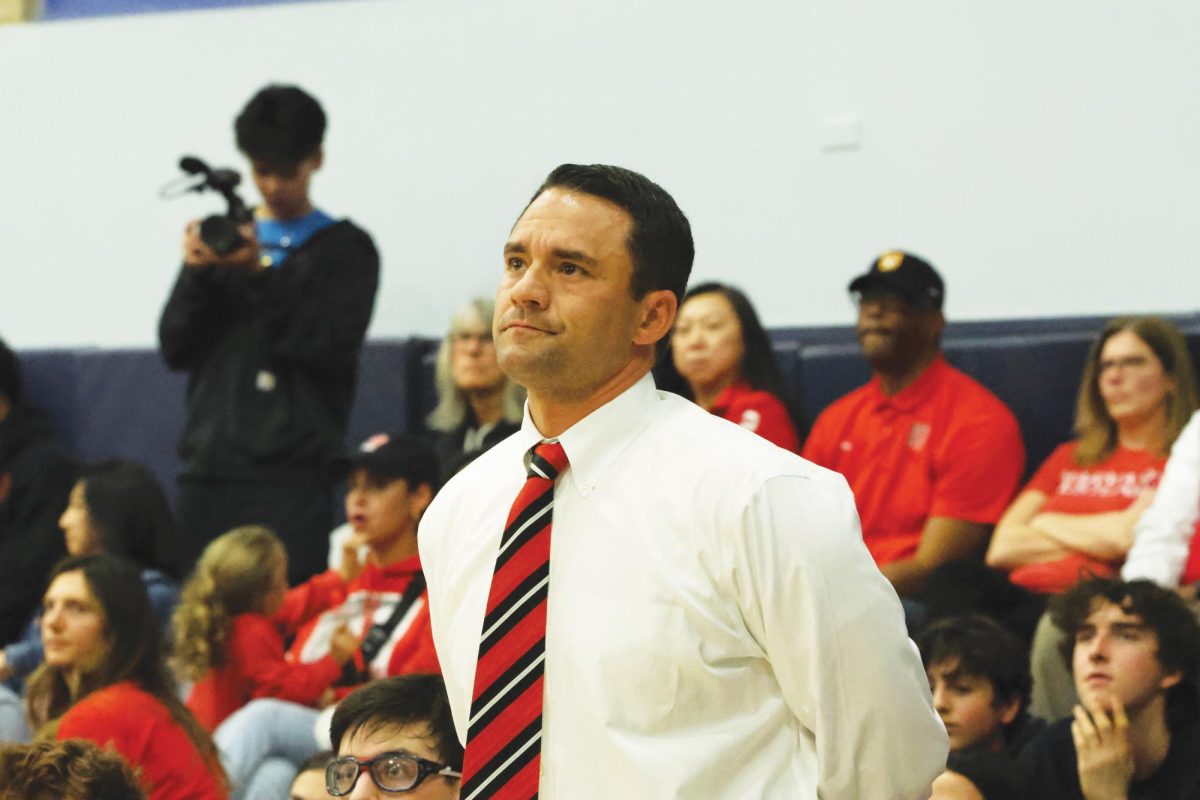By Shayna Freisleben
One year after Princeton, Harvard and the University of Virginia abandoned early response, Harvard-Westlakeâs early acceptance rate has dropped slightly from 2007 and most dramatically at the University of Pennsylvania.
Â
Overall, 42 percent of seniors who applied early this year were accepted, down from 48 percent last year.
Last year, 13 out of 26 early applicants were accepted early to Penn, while this year, only four out of 24 early applicants were accepted.
âThere was a big drop off at Penn which was a reflection of the departure of the long time dean of admissions there, but we have done just as well at Yale and Stanford as weâve ever done,â President Thomas C. Hundut said. We had strong showings at Northwestern. We had strong showings at Cornell and Brown.â
Former Penn Dean of Admissions Lee Stetson, who served for 29 years before resigning last June, had a longtime relationship with Harvard-Westlake.
âI think that Pennâs applicants went way up as a result of the Harvard and Princeton action and theyâre also playing a little bit cozy,â Hudnut said. âI think a lot of people got deferred who mightâve gotten accepted in the past and who may very well get accepted in April.â
Yet Penn reports that it had fewer early decision applicants than it did last year, though it also admitted a slightly smaller percentage of these applicants.
Because Penn has a binding program, âstudents who apply early are clear that Penn is their first choice,â Interim Dean of Admissions Eric Kaplan said.
The number of early applicants did increase significantly at some of the top early action schools across the country.
This year, Yaleâs early applicant pool was 36 percent larger than it was last year. Georgetownâs early applicant pool increased by 31 percent, and the University of Chicagoâs number of applications grew by 42 percent.
âEarly decision and early action acceptance rates countrywide stayed relatively constant this year, but more students applied early to fewer schools that accepted early applicants,â Alexandra Rhodes, a private college counselor in Santa Monica, said. âSo this year it was certainly harder than ever to get accepted early decision somewhere.â
Out of the 26 students who applied early action to Yale, six were accepted. Last year, 22 students applied and nine were accepted.
Both Hudnut and Kaplan see a disadvantage in the abandonment of early decision, and Penn has no plans to discontinue early decision, Kaplan said.
âI spent an hour last year with the Dean of Admissions at Yale beseeching him not to abandon early decision,â Hudnut said.
âThe fact is that early decision has given a number of colleges the opportunity to improve their yield data and thereby make them look more like first choice colleges and more as though they are turning down large numbers of people both of which impress the folks at U.S. News and World Report which put together the rankings,â Hudnut said.
From early on in junior year, the upper school deans try to warn students to be wary of applying early and to do plenty of research about what they are looking for in a college before coming to this decision.
Still, more than two-thirds of current seniors applied early decision or early action.
âI have mixed feelings about early decision,â Upper School Dean Michelle Bird said. âToo often kids rush into the applying early, and early decision is not always used in the right way.â
The number of deferrals has risen slightly every year for Harvard-Westlake students.
âEvery year schools are growing more and more cautious,â Bird said. âKids are no longer applying to eight or nine schools. If a school gets an application from a strong kid with no obvious drawbacks, chances are that he or she applied to 12 to 15 schools.â
âAs a result, we expect to see a lot of waitlists in the spring because the schools are so concerned about their yield statistic,â she said.
The school has also seen a drop in students accepted early at some of the more popular public schools that have rolling admission, especially the University of Michigan.
âMy impression is that Michigan accepted the kids who have gotten clear 4.0s and above, but deferred everyone else,â Bird said. âThis is the first year Michigan has had Early Response, and they were so overwhelmed by the number of applications that they couldnât read them all. They took the people who clearly had the numbers and deferred everyone else.â
Rhodes believes, however, that these public schools are getting more selective as their applicant pools grow.
âI see Michigan and Wisconsin holding out to make sure they are getting really qualified students,â she said.
The school is working hard to make sure that many of these deferrals result in acceptances in the spring.
âColleges want to see first semester grades so senior performance in the first half of the year is important,â Hudnut said. âThe deans comment on that performance and reiterate or strengthen their support aiming particular efforts at the schools the kids most want to go to.â





































